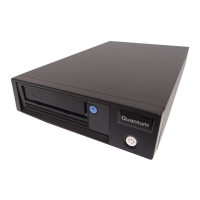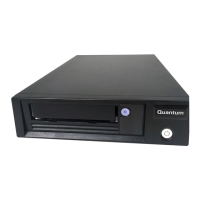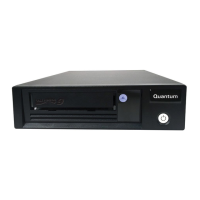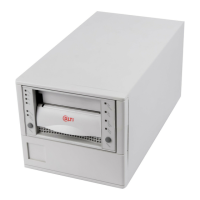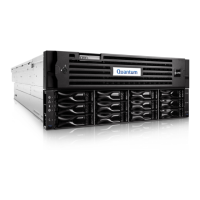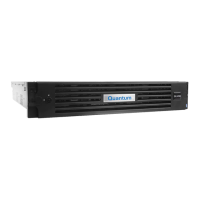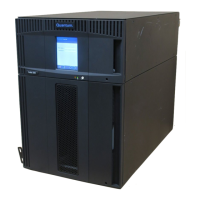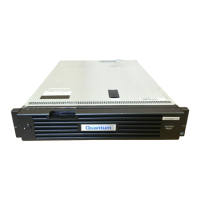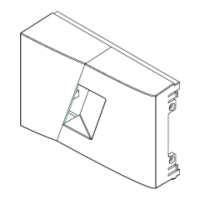
Do you have a question about the Quantum LTO 1 and is the answer not in the manual?
| Capacity (Native) | 100 GB |
|---|---|
| Capacity (Compressed) | 200 GB |
| Data Transfer Rate (Native) | 20 MB/s |
| Data Transfer Rate (Compressed) | 40 MB/s |
| Tape Width | 12.65 mm |
| Tape Length | 609 m |
| Track Layout | 384 tracks |
| Write-Once, Read-Many (WORM) | No |
| Encryption | No |
| Interface | SCSI |
| Tape Technology | Linear Tape-Open (LTO) |
| Form Factor | 5.25-inch Half-Height |
Overview of the autoloader's main physical parts: front panel, back panel, internal mechanisms.
Step-by-step guide for powering on and connecting the autoloader for first-time use.
Explanation of the front panel's LEDs, LCD display, and keypad for autoloader control.
Procedure for inserting, importing, and managing data cartridges within the autoloader.
Description of the autoloader's main capabilities, functionalities, and operational aspects.
Details on standard and optional accessories included with the autoloader.
Criteria for selecting a suitable physical location, considering environment, clearance, and stability.
Checking installation environment, unpacking procedures, and choosing installation methods (rack/standalone).
Steps for installing the autoloader into a server rack, including rails, brackets, and securing.
Connecting power and SCSI cables, and initial data cartridge installation process.
Procedures for loading, unloading, and updating the autoloader's cartridge inventory.
Detailed usage of LEDs, LCD, and keypad for autoloader control and monitoring operations.
How to navigate and use the autoloader's menu system for various functions and configurations.
Understanding the status indicators for each cartridge slot displayed on the LCD.
Explanation of System Driven, Interaction, Random, and Sequential operating modes.
Monitoring status, performing operations, resetting the unit, and routine maintenance like cleaning.
Guidelines for safely packing and shipping the autoloader to prevent damage during transit.
Procedure for running diagnostic tests to verify autoloader functionality and operational soundness.
Overview of error code categories, their meanings, and how to access the autoloader's error log.
Detailed physical dimensions and weight of the autoloader unit.
Information on SCSI interface type, cable requirements, and ID settings.
Details on capacity, tape drive performance, self-test times, and reliability metrics.
AC power requirements, consumption, and environmental operating conditions for the autoloader.
Specifications for shock/vibration tolerance and guidelines for environmentally responsible product disposal.
